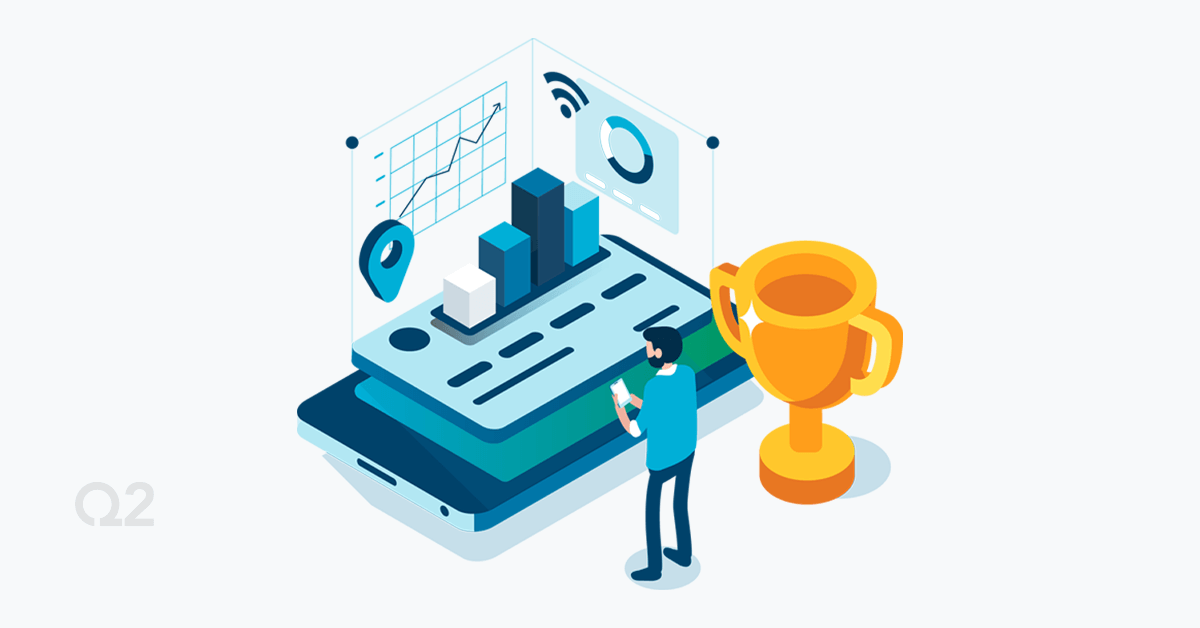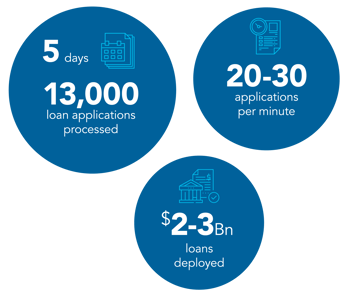Digital banking conversions don’t happen very often (and for a few good reasons). By their very nature, they’re extremely complex, technically detailed, and contain more moving parts than a Swiss watch. They strain virtually every aspect of an FI’s business, not least of which is the call center. Even before COVID-19, the word “conversion” was enough to send a shiver down any banker’s spine.
Of course, the other truth about conversions is that they’re critical. A conversion project is a significant first step in the relationship between new partners. And because they touch every account holder at a financial institution, they can make or break how account holders feel about their new digital banking system—not to mention, the FI’s brand.
The complexity and significance of conversions collide to make them a really, really big deal for everyone involved. The stakes are high. And when you sprinkle in the fact that many vendors and FIs have key staff working remotely due to the current environment, it’s easy to assume that the bullseye for “success” only gets harder to hit. But our FI partners have risen to the occasion, and we’ve completed enough smooth, successful COVID-19 conversions that we wanted to share a few tips that any FI can consider when approaching a new implementation.
FI tips from a recent project
We had a recent project – admittedly, before the effects of the COVID-19 pandemic were fully felt – that serves as a particularly relevant example of how FIs and digital services providers can successfully approach an implementation. We recently announced our partnership with Chesapeake Bank (Chesapeake), a community bank dedicated to serving consumers and small businesses across Virginia. Like all implementations, it wasn’t easy – but we’re happy to find ourselves on the other side of the project with a satisfied customer and a valuable shared experience to inform future implementations. The professionals at Chesapeake brought a number of best practices to the project:
- Bring everyone to the table from “go.” Chesapeake assembled a strong cross-functional team from the start, instead of leaving the project to one or two lead individuals. Because of this, we worked with people who knew not only every aspect of Chesapeake’s online banking, but also key functions like ACH, debit cards, and the bank’s core processor. It’s not uncommon for FIs to start with a very small team, but because online banking is far-reaching, key folks from other areas often don't get pulled in until late in the project, which can strain timelines and muddy ownership.
- Align your team – and your vendor’s.” Aligning teams is critical at every level of engagement. Ensure that executive leadership roles are filled on both teams and agree on a regular cadence of engagement. The biggest challenges arise when there is a “surprise,” and no relationship has been built between the teams at the leadership level. Ensure day-to-day contacts are defined for each of the functions: data, vendor integrations, UX, and of course, testing. With this alignment, FIs can minimize the number of surprises and identify and mitigate them more quickly.
- Plan for the new system, and forget “how it’s always been.” Online banking has been around a while, and most FIs have had three or more systems and vendors. In other words, most FI staff have undergone a conversion before and likely have some sense of how things work – or worked. However, every system is unique, and much has probably changed since their last conversion. Chesapeake left the “how it’s always been” mindset at the door, which opened them up to suggestions and guidance about the nuances of Q2’s technology. As a result, we were able to meet Chesapeake in the middle, merging their needs and requirements with our tried-and-true, Q2-specific best practices.
The key for vendors is constant self-assessment
Q2 has been around the block when it comes to conversions. Because we were founded in 2004, we haven’t completed a single implementation that wasn’t a conversion from another online banking system. In fact, we’d wager we’ve done more conversions than just about anyone in the space since then.
This isn’t to say conversions always go perfectly. Every financial institution has unique requirements and technology stacks, and we’ve had our share of challenging projects, complicated years, and valuable lessons learned.
We adapt by continually learning from every project, evaluating and reevaluating our processes, org structure, and technology tools. Throughout the COVID-19 pandemic, we’ve adjusted to new challenges, but the need to deliver the next generation of digital banking for our customers is stronger than ever. And we’ve learned a lot in recent months:
“We took clients live in waves to adapt to the times,” Bharath Oruganti, Q2 SVP of Delivery Services, said. “Our concern wasn’t about going live; it was about the strain customer call centers and backend ops were facing, especially during the rollout of the Paycheck Protection Program. We had clients who saw the need for a better platform but didn’t want to get overwhelmed, and this approach minimized the impact of the launch. By really listening and understanding the root challenge, we helped them overcome and elevate their offerings.”
These projects aren’t always perfect. But the pace of change in our industry isn’t slowing down, so now more than ever; it’s critical to learn as we go and make changes to how we operate and invest to meet the needs of our clients.
And of course, it always helps to have partners like Chesapeake: prepared, committed, and excited for the next chapter.





